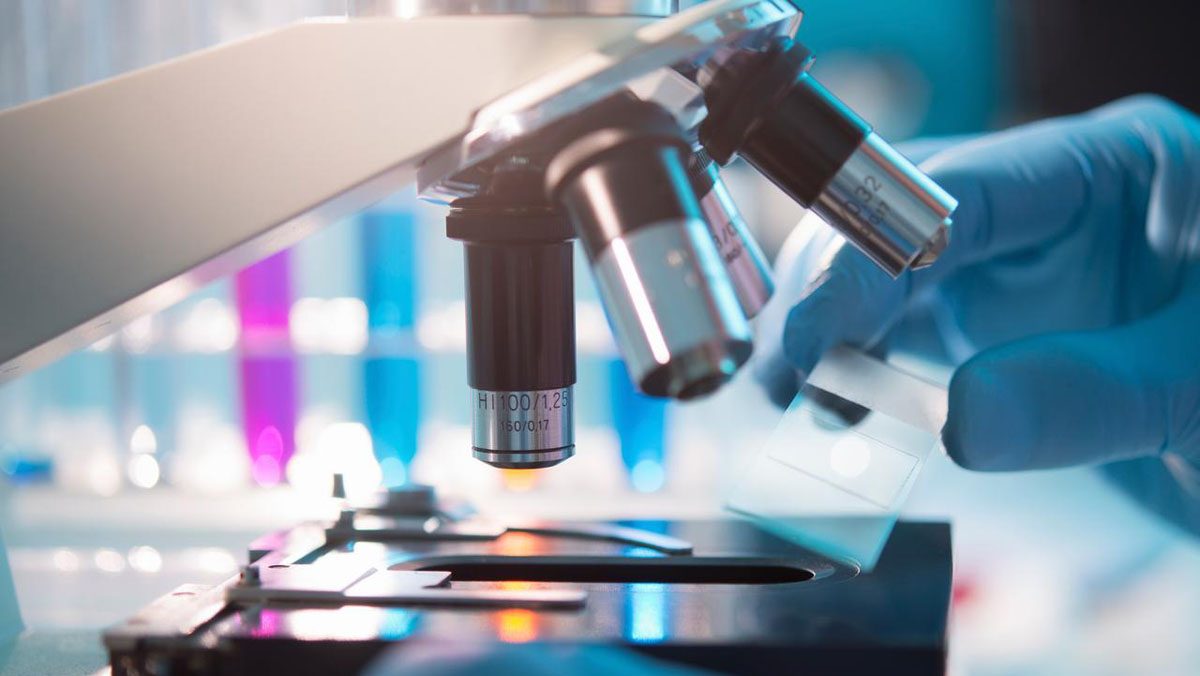As every year, 19 October marks World Breast Cancer Day, the most common tumour among women, a disease that is estimated to affect one in eight women in their lifetime.
Global data on breast cancer
Despite the fact that the mortality rate has been decreasing, and according to WHO data, in 2020 685,000 people died from this condition worldwide.
But before going into the details of this disease, how can we define it? It is a malignant tumour originating in the tissue of the mammary gland, with malignant tumours being understood as those with uncontrolled growth that spread to other tissues.
In order to continue to reduce the above-mentioned mortality rate, the World Health Organisation has a Global Breast Cancer Initiative with the aim of reducing global mortality caused by this disease by 2.5% per year, which would save two and a half million lives between 2020 and 2040.
If this target is met, by 2030 one in four breast cancer deaths among women under the age of 70 would be prevented, and by 2040 that figure would be four in ten.
We speak of female patients because, although it is true that there are also men who suffer from this disease, the estimate is that this is only between 0.5% and 1% of the total number of diagnosed cases.
Breast cancer in Spain
In 2022, according to data from the Cancer Observatory of the Spanish Association Against Cancer, 34,740 people were diagnosed with breast cancer in Spain, with a particular incidence in the 45-65 age group, with the age of maximum incidence being above 50 years of age, although approximately 10% are diagnosed in women under 40 years of age.
This means that almost one out of every three cancers detected in women, specifically 30%, is breast cancer.
Due to research into this disease, as well as prevention and early detection, mortality has decreased significantly, increasing the average five-year survival rate for breast cancer to 85%.
However, in 2020, 6,572 women still died of breast cancer in our country.
The importance of early detection
The Spanish Association Against Cancer also stresses the importance of remembering the screening programmes, aimed at the population at risk. These programmes have made it possible to increase life expectancy by diagnosing or detecting new cases early.
Specifically, breast cancer screening is the main tool for early detection, diagnostic tests aimed at people who are among the target population (by gender or age) that serve to detect possible lesions and improve the prognosis. In the specific case of breast cancer, the tests are carried out through mammograms.
The Association also stresses the importance of remembering that we are dealing with a multifactorial disease, which means that different causes are involved at the same time, such as non-modifiable risk factors (gender, age or family history) and modifiable ones (poor diet, alcohol and tobacco consumption or a sedentary lifestyle), which is why prevention through a healthy lifestyle can be important.
Thus, information (as it is a serious disease but curable if detected early), support and accompaniment and research are three issues of particular importance to help patients.
Technology, fundamental in the fight against breast cancer
As we have already mentioned, acting early is essential to improve the prognosis of breast cancer patients, and new technologies are the most effective tools for early detection and the development of personalised treatments that can help save lives.
Mammography as a radiological method is a technology that is more than a century old, specifically it was born in 1913, when the German surgeon Albert Salomon used radiography to study this ailment, which is why he is considered the inventor of breast radiology.
It is precisely mammography combined with 3D ultrasound, called ABUS (Automatic Breast Ultra Sound), which increases its reliability and helps specialists to adopt effective and less invasive therapies. The Radiodiagnostic Service of the Hospital Universitario 12 de Octubre in Madrid carried out a study to demonstrate that the use of this type of technology provides important benefits such as obtaining higher resolution images for the early detection of breast cancer.
3D technology also helps in breast reconstruction, as it is seen as the future to offer more natural results. Specifically, research is focusing on the use of biotechnology and 3D printing for nipple reconstruction.
Artificial intelligence or IoT against breast cancer
Technology not only allows treatments to be tailored to the needs of each patient and the state of the tumour at any given time, but also provides the opportunity to monitor the disease through the study of data.
For example, the Rebecca project (REsearch on BrEast Cancer induced chronic conditions supported by Casual Analysis of multi-source-data) seeks to harness the potential of data obtained by different mobile and portable devices thanks to the IoT (internet of things), and thus support clinical research and improve previously existing workflows.
On the other hand, artificial intelligence can help reduce errors in diagnostic imaging. It is as effective as human radiologists and can detect early signs of breast cancer as well as other conditions.
Specifically, a study published in The Lancet of around 80,000 women in Sweden found that screening with artificial intelligence detects 20% more breast cancers compared to routine double reading of mammograms by two radiologists.
5G for assisted breast cancer surgery
A use case that shows how technology can help in the fight against breast cancer is that of 5G for assisted surgery.
At the 10th Congress of the Spanish Association of Breast Surgeons (Aecima), the first surgery for this type of cancer using 5G technologies and virtual reality was performed between medical staff from the Champalimaud Foundation in Portugal and Zaragoza.
The interaction and communication between the two people in charge of the intervention was facilitated by the minimal latency and the high video transmission capacity. Likewise, those attending the event were able to immersively view the entire operating theatre or the video generated.











